Gallery: Life of the Costa Rica Margin Hydrothermal Seep
Clam I Am
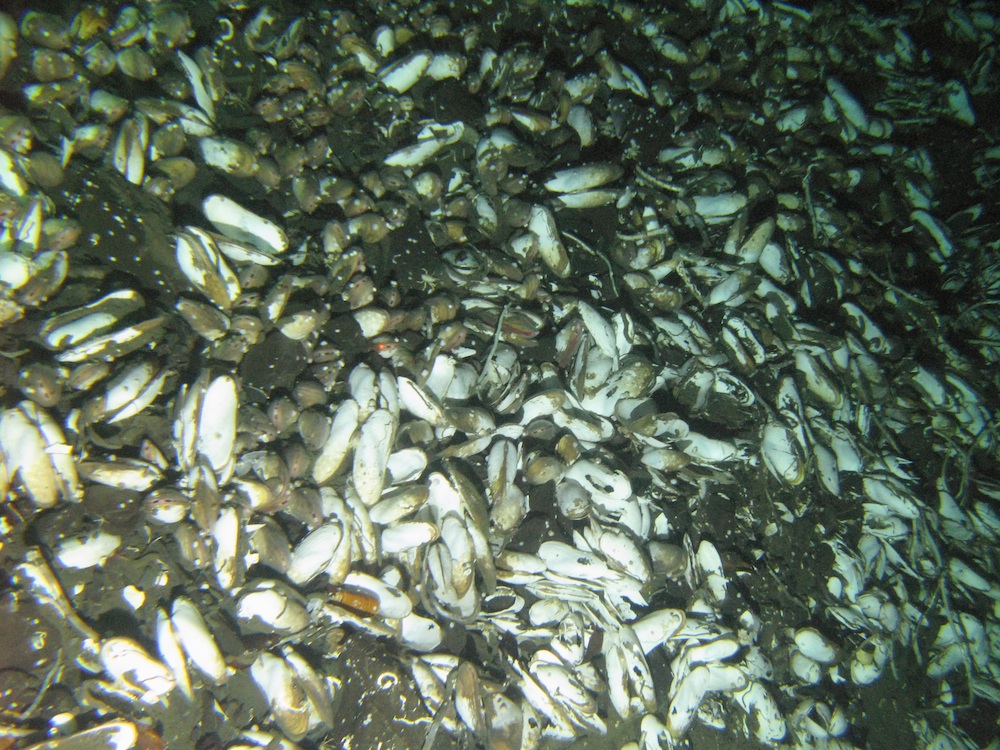
Another view from the Alvin submersible reveals dense aggregates of clams.
Vent Limpet
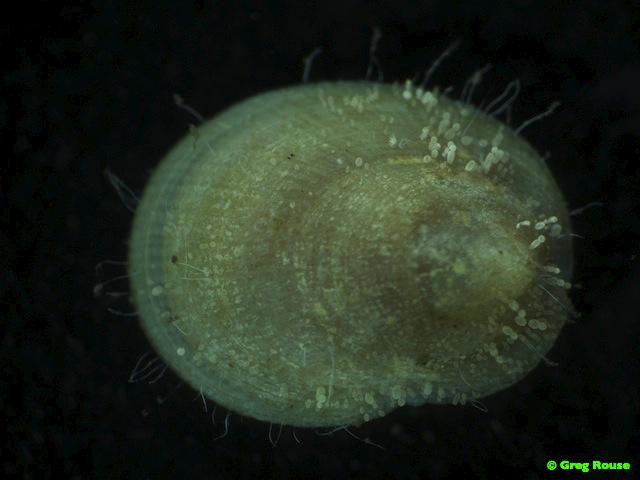
Lepetotrilid limpet (Lepetodrilus sp.) with sulfide-oxidizing bacteria on its back. The spherical budding bacteria appear to be Thiomargarita. The limpets live on mussels near warm venting fluids.
Tube Worm
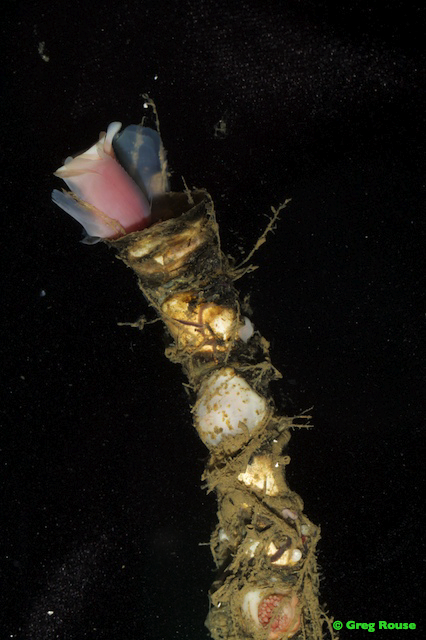
A close-up look at one of the many tube worms that calls the hydrothermal seep area home.
Polynoid Worm

A polynoid worm found at the Jaco Scar hydrothermal seep area.
Bristle Worm

A terebellid, or bristle worm, from the vent site. Most bristle worms burrow in the ocean floor and consume organic material there.
Nautiliniellid Worm
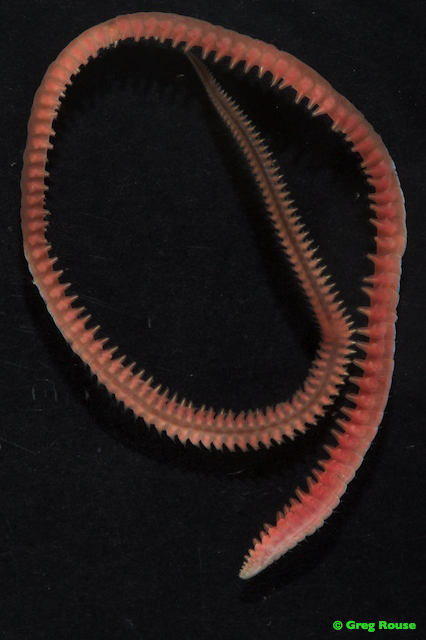
A Nautiliniellid worm that lives at the methane seep/hydrothermal site in the deep ocean off Costa Rica.
Galatheid Crab
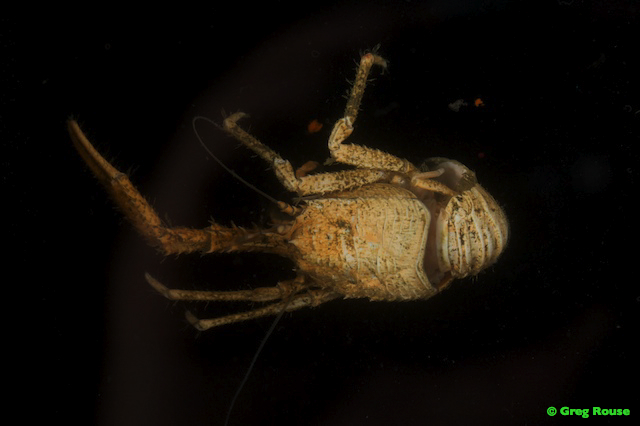
A galatheid crab, a common deep-sea species.
Get the world’s most fascinating discoveries delivered straight to your inbox.

Stephanie Pappas is a contributing writer for Live Science, covering topics ranging from geoscience to archaeology to the human brain and behavior. She was previously a senior writer for Live Science but is now a freelancer based in Denver, Colorado, and regularly contributes to Scientific American and The Monitor, the monthly magazine of the American Psychological Association. Stephanie received a bachelor's degree in psychology from the University of South Carolina and a graduate certificate in science communication from the University of California, Santa Cruz.


